In today’s industrial environments, unplanned downtime doesn’t just cause stress – it eats into margins, disrupts operations and risks long-term damage to both equipment and reputation. The real question isn’t whether maintenance is necessary, it’s whether a preventative maintenance approach will protect your business better than waiting for things to break.
Some businesses still rely on a reactive approach, where action is only taken once something has already failed. Others invest in a proactive maintenance strategy, planning inspections and servicing to avoid breakdowns altogether. While the first method may seem cheaper up front, it often leads to costly unplanned downtime.
In this guide, we’ll break down the differences between preventive maintenance and reactive repairs, the real-world cost of waiting too long, how UK manufacturers are reducing machine downtime and improving reliability in 2025.
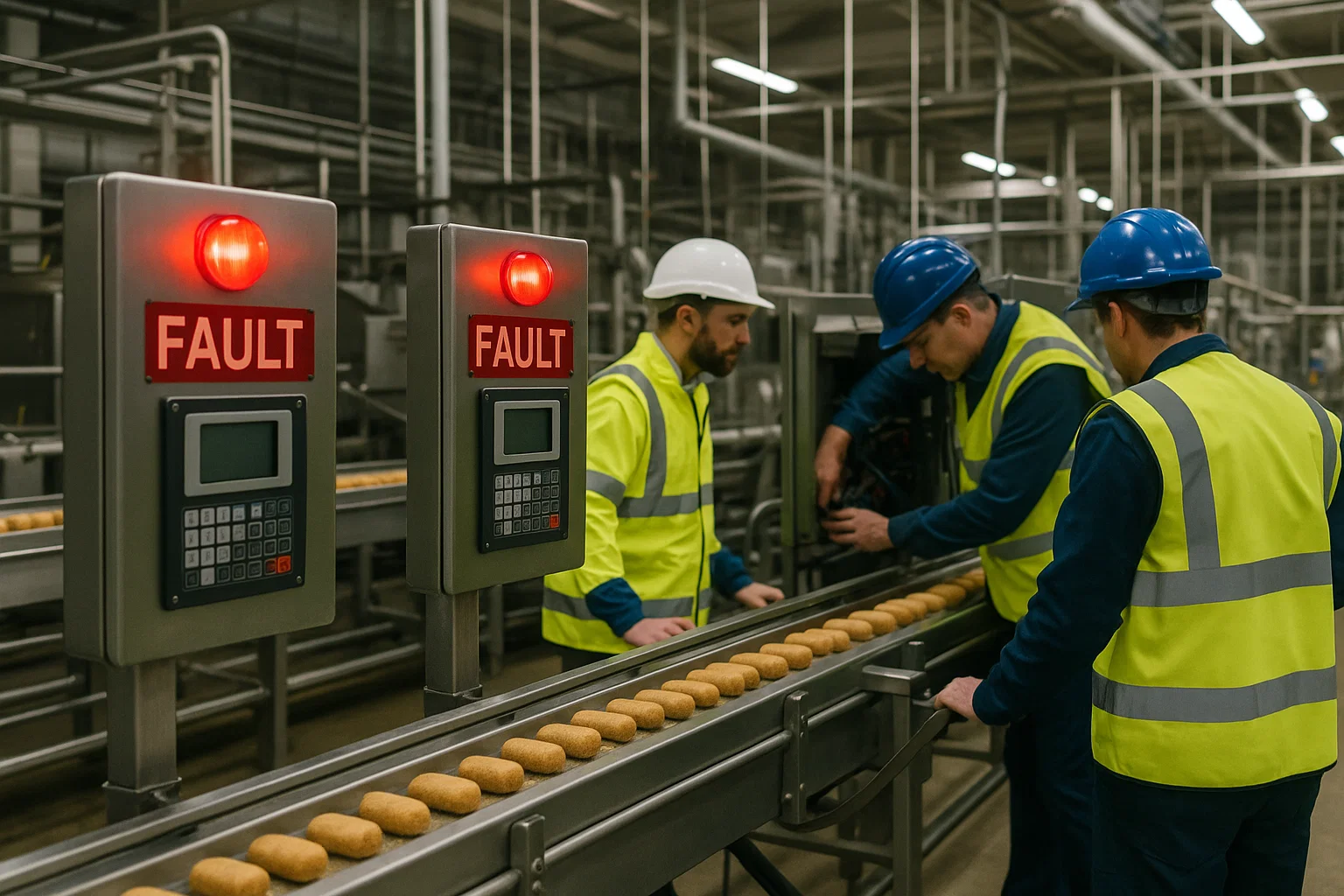
The Hidden Costs of Reactive Maintenance
With reactive maintenance, there’s no plan – only a fix when a failure happens. It sounds straightforward, but the true cost becomes clear when unplanned downtime occurs in the middle of a shift. Maybe a motor fails, a belt snaps, or a critical machine grinds to a halt.
That’s when the problems begin. You’re paying for emergency call-outs, express delivery on parts and overtime labour. More importantly, you’re losing production hours and in some cases, the lost time is more expensive than the repair itself. For facilities in sectors like food or packaging, production downtime also risks spoiling batches, breaching KPIs, or missing critical customer deliveries.
Without a proper maintenance schedule, small issues can escalate. A simple bearing failure might damage the shaft or housing it runs on. Over time, repeated breakdowns reduce the lifespan of your manufacturing equipment, leading to more frequent capital investment and unexpected strain on your maintenance team.

What Is Preventive Maintenance?
Preventive maintenance involves planning inspections, servicing and part replacements ahead of time. It’s structured, tracked and it’s based on data whether that’s manufacturer recommendations, internal logs, or performance history.
A good maintenance schedule will identify high-risk components, set realistic intervals for servicing and assign responsibility for routine checks. This approach helps businesses avoid sudden failures and maintain smooth operations.
More advanced sites also use predictive maintenance, tools like vibration analysis, thermal imaging, or oil sampling to identify failures before they happen. Whether you’re using predictive tools or simple time-based checks, the aim is the same: to prevent costly unplanned downtime by acting before problems arise.
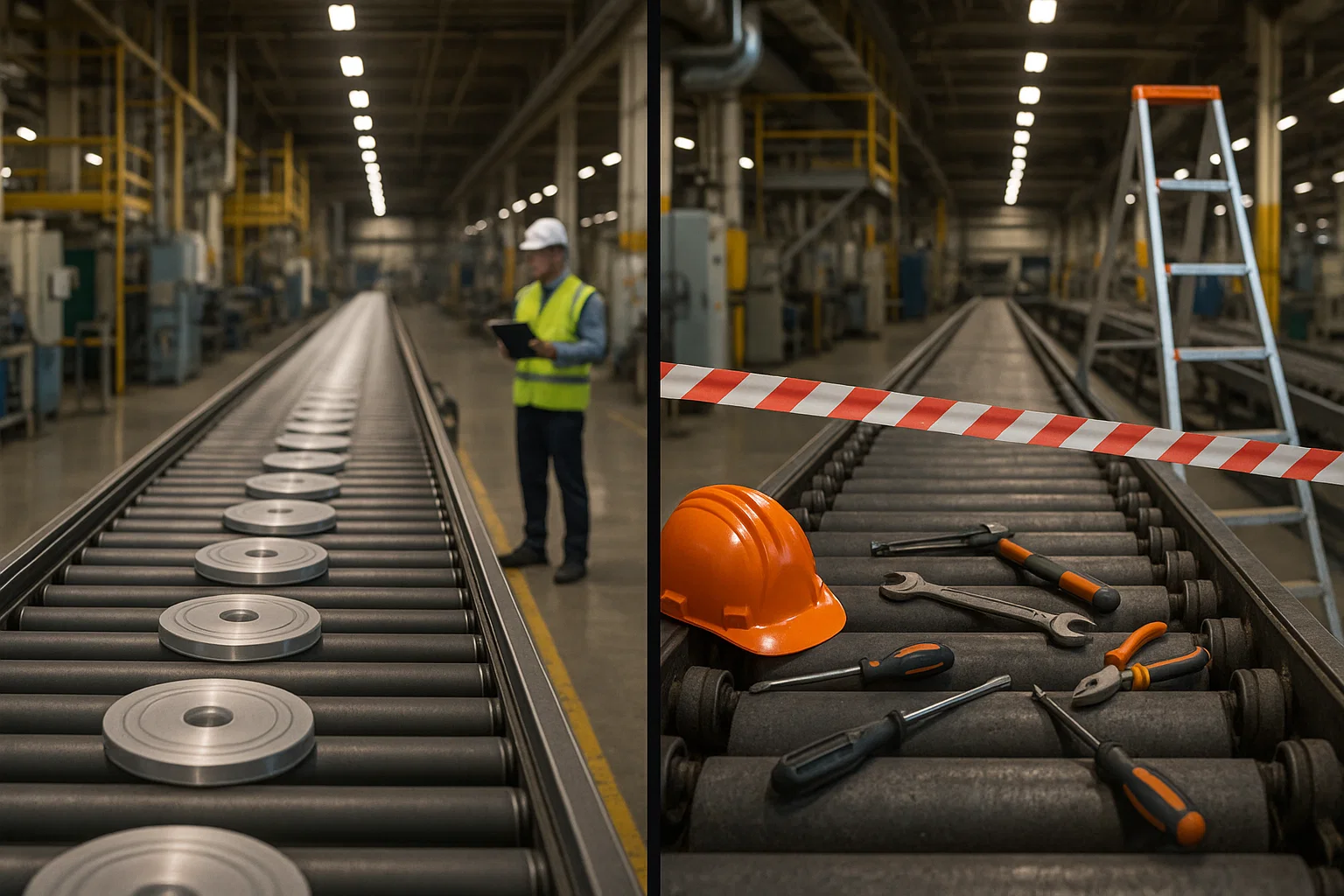
Preventive Maintenance vs Reactive: Which Saves You More?
At a glance, reactive maintenance appears cheaper. There’s no spend until something goes wrong, but as soon as it does, you’re hit with unexpected delays, inflated maintenance costs and the ripple effect of production downtime.
In contrast, preventive maintenance costs are predictable. You’re investing in inspections, spare parts and planned servicing, but you’re avoiding chaos, reducing labour pressure and extending the life of your machinery. That adds up to significant savings across a full financial year.
One UK packaging client who shifted from reactive to planned maintenance cut equipment downtime by over 30% and reduced their emergency call-out spend by nearly half. Those aren’t just numbers, they’re hours saved, risk avoided and resources freed up.

Planned Downtime Beats Emergency Shutdowns
All downtime costs money, but there’s a key difference between planned downtime and a breakdown. When you schedule maintenance during off-peak shifts or line changeovers, you’re controlling the timing, labour and cost. When a machine fails at 3pm on a Friday, you’re stuck with whatever happens and whoever’s available to fix it.
Using planned inspections to reduce machine downtime is one of the easiest ways to improve OEE (Overall Equipment Effectiveness). It’s also easier on your team, engineers can work calmly and thoroughly rather than scrambling to patch up critical failures on the fly.
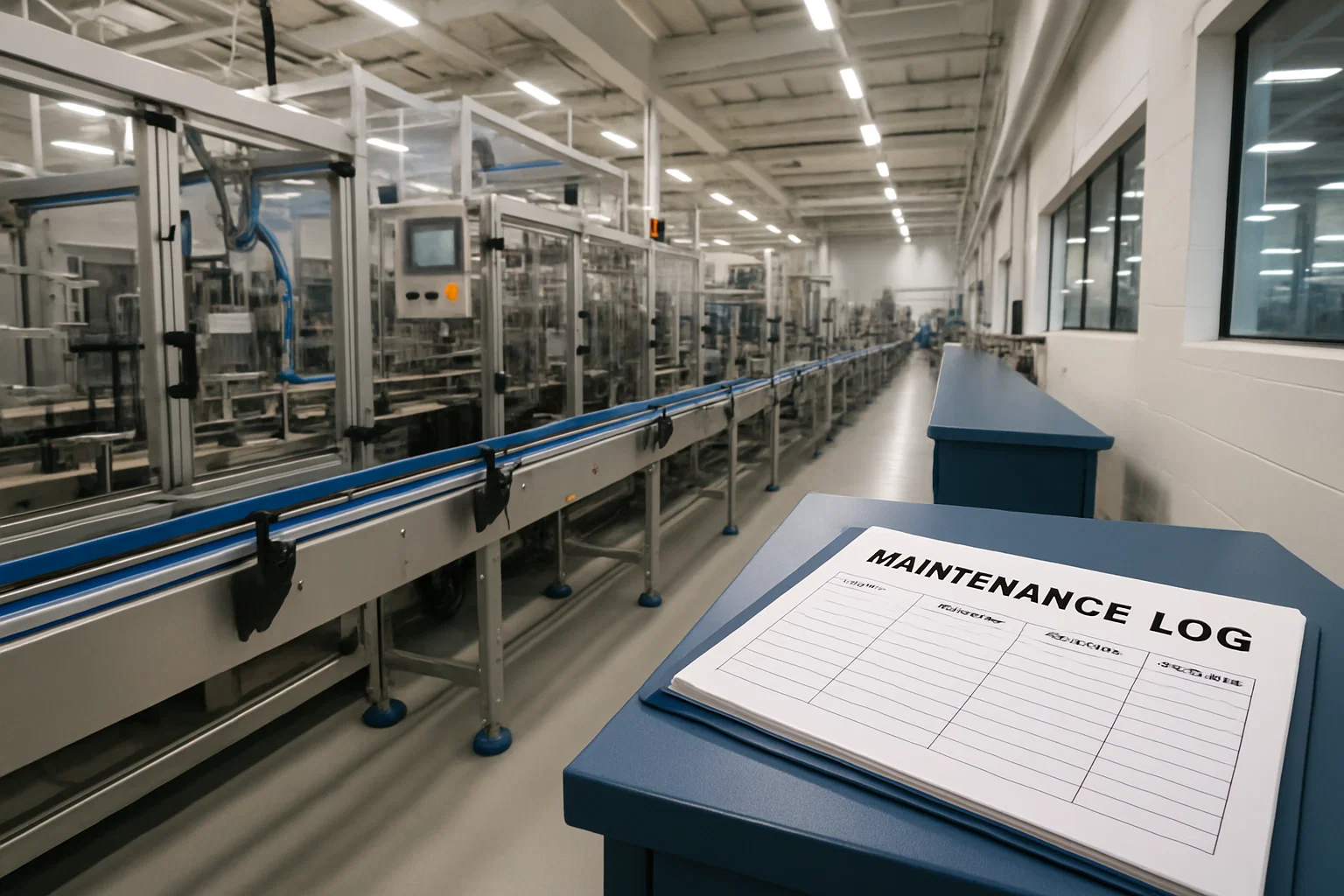
How Preventive Maintenance Supports the Manufacturing Process
Smooth production isn’t just about speed it’s about consistency. A facility with poor maintenance practices often struggles to meet deadlines, maintain quality, or avoid compliance issues. Small faults can become recurring headaches, dragging down productivity and increasing maintenance costs over time.
By contrast, a site with strong preventive maintenance in place builds resilience into every process. Machines are serviced when they should be, teams know when planned work will happen. Downtime is scheduled and not forced. The whole manufacturing process becomes more predictable and professional, especially when combined with good shift management and supply chain coordination.
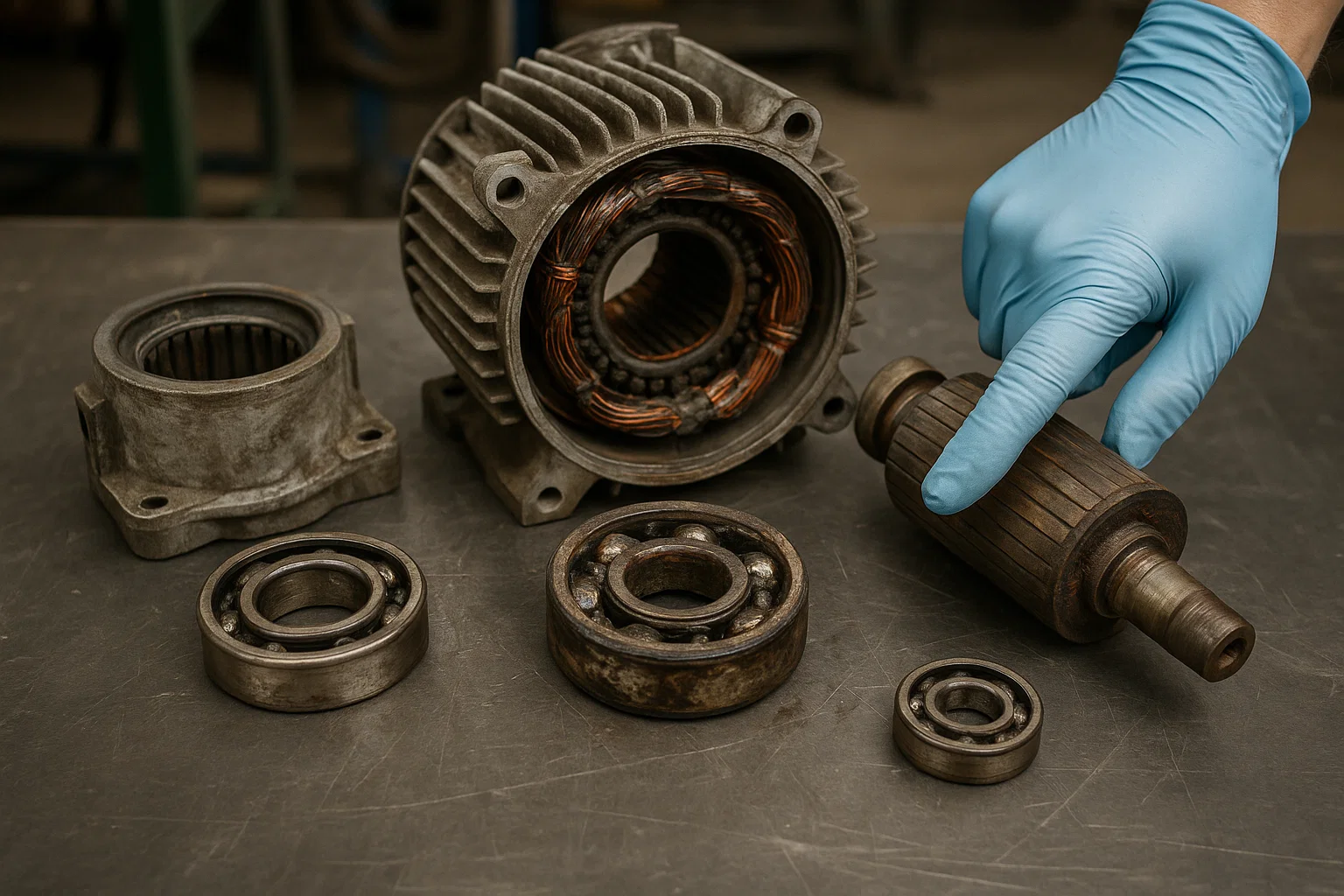
Equipment Failures You Can Avoid
At Singleton Engineering, we see the same failures repeatedly in sites without proper maintenance planning. These include:
- Overheated motors due to blocked vents or worn bearings
- Gearbox failures from low lubrication or lack of alignment checks
- Conveyor stoppages from stretched chains or misaligned rollers
- Leaks or hygiene failures in pipework and tanks due to missed inspections
All of these result in unplanned downtime and in many cases, they could have been avoided with a simple, well-timed intervention. Supporting businesses to prevent these failures before they happen is what maintenance services should be about.
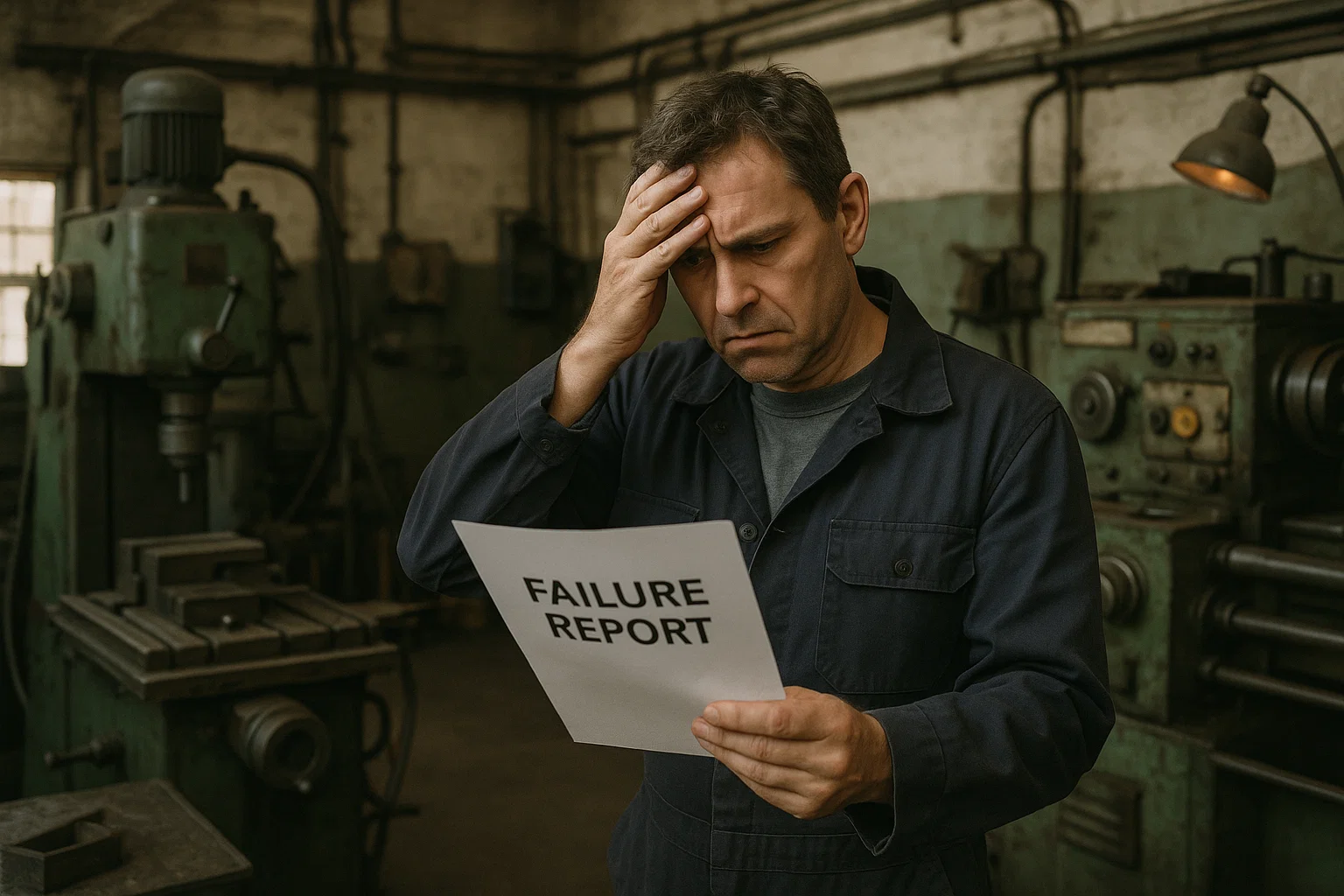
Why Some Businesses Still Wait for Things to Break
In some factories, unplanned downtime is just part of the culture and it’s always been that way. Others assume that preventive maintenance is too expensive or complex. The reality is, many companies simply don’t have the capacity in-house to manage a full maintenance programme. That’s where specialist support comes in.
Singleton Engineering provides engineering support that fits around your team. We can build your maintenance schedule, carry out scheduled downtime work, or handle on-site servicing during planned windows, all without disrupting your core operations.
Whether you need help shifting from reactive firefighting to a structured, proactive maintenance strategy, or just extra hands to carry out inspections, we’re here to help.
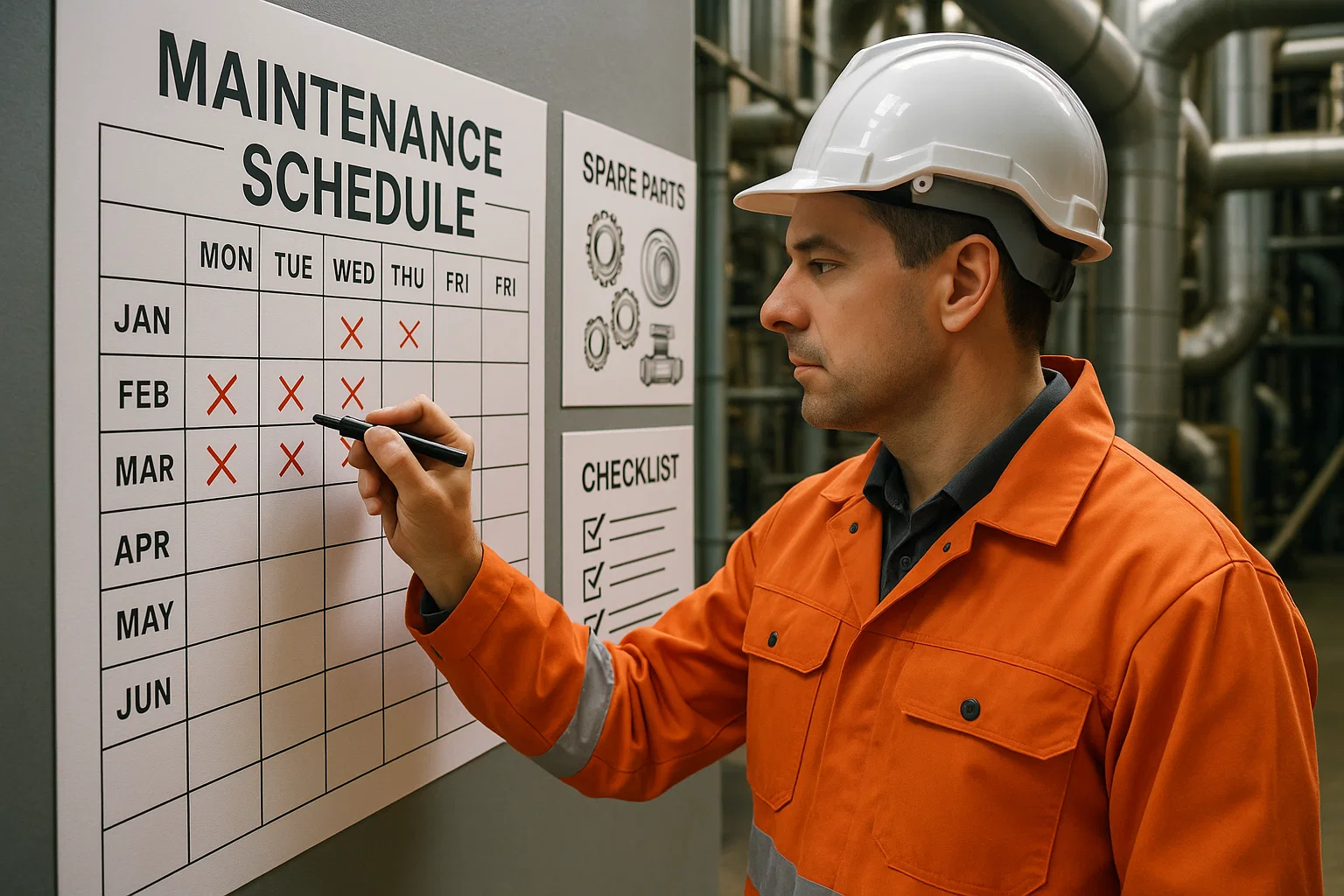
What Does a Good Preventative Maintenance Plan Include?
Every facility is different, but the fundamentals of good factory maintenance remain the same. You need a list of equipment, risk analysis, service intervals, inspection checklists and clear communication across your team.
The goal is to eliminate surprises. You want to know when a component is due for replacement, not find out after it fails. You need to plan your planned downtime around production and not the other way round. It’s important to extend the lifespan of your manufacturing equipment, not wear it out faster with stop-start usage and emergency fixes.
Whether you’re a small plant or a multi-line facility, a structured plan built around your risk profile will always outperform guesswork.
Ready to Reduce Downtime and Improve Reliability?
If you’re dealing with constant breakdowns, rising maintenance costs, or avoidable stress, it might be time to take a new approach. At Singleton Engineering, we help businesses across the UK move from reactive maintenance to robust, tailored preventive maintenance plans that save time, money and equipment life.
Our team supports the manufacturing process with flexible, on-site engineering and maintenance services that reduce risk and build reliability into your operations. Whether you’re scheduling planned downtime, tackling repeat equipment failures, or looking to prevent costly unplanned downtime, we’re here to help.
Get in touch to see how Singleton can help you build a smarter, safer and more cost-effective approach to maintenance in 2025.


